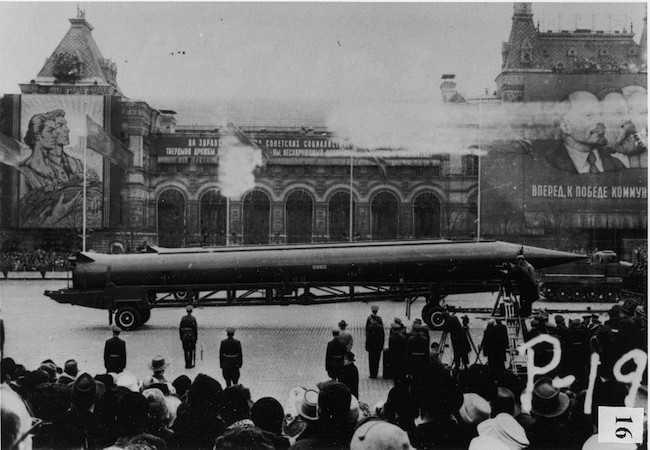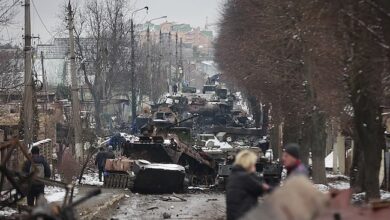Global nuclear weapon inventories

By Adeel Mukhtar
Order in international politics, as William Walker-a specialist in nuclear politics, in his book, “A perpetual Menace: Nuclear Weapons and International Order,” notes, is traditionally shaped by the occasion and conclusion of great wars. Nuclear Order in contrast, has been shaped and evolved in the absence of major wars between major powers. Moreover, giving away a proper definition of international nuclear order, Walker writes: “Given the existence of nuclear technology, the international nuclear order entails evolving patterns of thought and activity that serve primary goals of world survival, war avoidance and economic development; and the quest for tolerable accommodation of pronounced differences in the capabilities, practices, rights and obligations of states.”
In this vein, among several other factors, a decrease in nuclear weapons inventories of nuclear weapon states / disarmament is a critical step in maintaining Global Nuclear Order. However, on the contrary, secrecy prevails while defining exact number of nuclear weapons by a state that creates uncertainty, mistrust and misunderstanding. In addition, all the nations with the nuclear weapons continue to modernize or upgrade their nuclear weapons.
For instance, according to an article, “Global nuclear weapons inventories, 1945-2013,” jointly written by Hans M. Kristensen and Robert S. Norris, some 125,000 nuclear warheads have been built since 1945 wherein about 97 percent by the United States and the Soviet Union and Russia. In addition, according to the calculations or estimates made in 2013 by the authors of the report, the nine nations with nuclear weapons now possess more than 10,000 nuclear warheads in their military stockpiles, with several thousand additional US and Russian retired warheads in storage, awaiting dismantlement. In other words, US and Russia retain 10 to 20 times greater nuclear arsenals than any other state’s. However, existing nuclear inventories of the nuclear weapon states are considerably lower than the numbers retained during Cold War, especially in the mid-1980s.
Moreover, according to estimates made by Kristensen and Norris in 2013, United States possessed approximately 4,650 warheads in the Pentagon’s stockpile and 2,150 of these weapons were considered deployed on missiles or bases with operational launchers. As of early 2015, the authors estimate that the US Defense Department maintains about 4,760 nuclear warheads in which 2,080 are deployed while 2,680 warheads are in storage. In a similar vein, Russia had approximately 8,500 intact warheads, of these; about 4,480 are in the military stockpiles, with the remaining 4,000 retired warheads awaiting dismantlement 2013, however, Russia currently has 4,500 nuclear warheads, of which 1,780 strategic warheads are deployed on missiles and at bomber bases. China, in 2013, had an arsenal of approximately/roughly 250 nuclear warheads that goes up to 260 in 2015, according to report. Overall estimates shows a relative decline in US, Russia, France and Great Britain’s nuclear inventories at a slower pace, but increase in the arsenals of China, Pakistan, India and possibly of Israel and North Korea.
No doubt, the total number of nuclear warheads in the world is on perpetual decrease; however, the constant up-gradation and modernization of nuclear arsenals by nuclear weapon states shows a disorder in Global Nuclear Order, as despite of years of arms control, disarmament and non-proliferation struggles nuclear weapons remain integral to the conception of national security of nuclear weapon states. For example, China and India’s decisions to equip some of their ballistic missiles with multiple independently targetable reentry vehicles (MIRVs) could result in an increased arms race in Asia, Kristensen and Norris argues. In addition, Indo-US strategic partnership and Pakistan response to it could destabilize the strategic stability in South Asia with possible arms buildup. The case of North Korea, Israel and Iran augments similar tensions. In a similar way, the failure in conclusion of FMCT and CTBT represents clash of interests among nuclear weapon states.
Hence, it could be inferred that global nuclear inventories would keep on increasing and modernizing unless robust, rational and unbiased efforts are streamlined by major nuclear power states.




